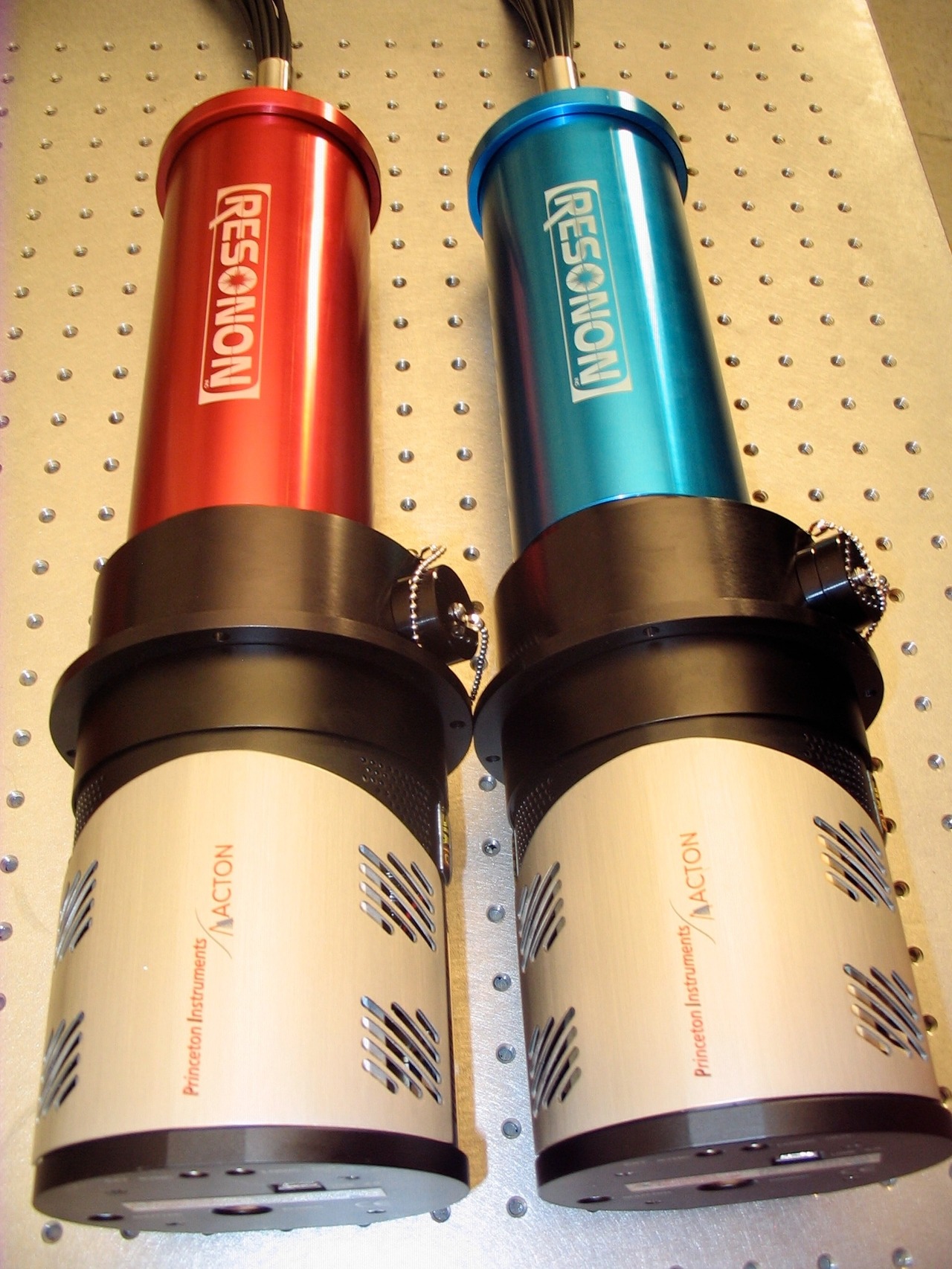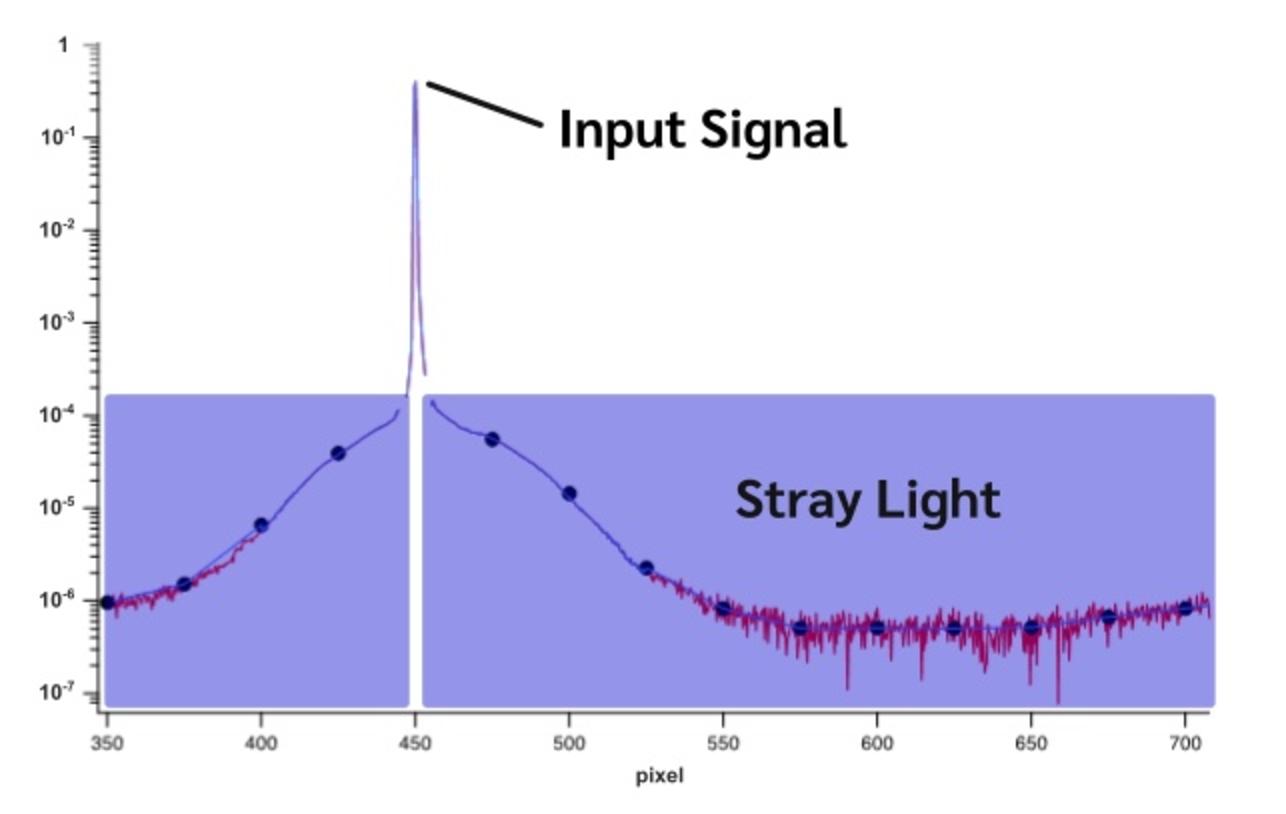

The Marine Optical Buoy (MOBY) and Resonon Spectrographs
By Dr. Rand Swanson, CEO - April 2, 2024
Just over 70% of the earth’s surface is covered by oceans. Phytoplankton concentration and the amount of dissolved organic matter in the oceans are key factors impacting ocean productivity (the production of organic matter from sunlight via phytoplankton) and carbon cycling, both of which affect the world’s climate.
Multiple earth observation satellite sensors, including MODIS and VIIRS, measure ocean color to provide insights into these quantities. However, to obtain accurate data from satellite sensors, vicarious ground-truth calibration is necessary. This is where hyperspectral imaging comes in.
Marine Optical Buoy (MOBY)

Figure 1: Marine Optical Buoy (MOBY) schematic. Each of the Ed, Lu, and Es locations is a separate irradiance data measurement. Image courtesy of the MOBY team.
The Marine Optical Buoy
(MOBY) was developed for this purpose, beginning in 1997. Utilizing
spectrographs and fiber optics, the MOBY system measures both downwelling and
upwelling irradiance at the ocean surface and at several depths below the
surface. These data provide the ground-truth calibration for earth-viewing
satellites. The project is funded by NOAA.
Recently, the
MOBY system has undergone a major refresh that includes the
use of spectrographs designed and fabricated by Resonon, as shown in Figure 2.

Figure 2: Two of the MOBY spectrographs designed and fabricated by Resonon.
Briefly, the spectrographs
are similar to one of our commercial hyperspectral cameras, but instead of
collecting light through a slit, light is collected from each of the Ed, Lu, and
Es locations shown in Figure 1 and transmitted to the device via fiber optic
lines. The spectrum at all measurement locations is obtained during each measurement.
Stray Light and Other Challenges
Challenges to developing the MOBY spectrographs included:
- Designing a high spectral resolution, low stray-light spectrograph to fit within the volume of the existing MOBY buoy.
- Minimizing stray light from both ghost reflections and scattering
- Providing a robust instrument that will remain stable throughout the lifespan of the instrument, including regular recalibration and operation in the marine environment.
The Resonon spectrographs have been extensively characterized by NIST and Moss Landing Marine Laboratories and have been found to perform very well, exhibiting extremely low stray light, as shown in Figures 3 and 4.
Figure 3 is a plot that demonstrates what the data in Figure 4 represent. A tunable-laser source is used to provide an input signal, which is captured as the peak. All of the light that is detected outside of that peak is considered stray light. Note that the Y-axis of the plot is logarithmic; this means that the stray light measured is at least 3-4 orders of magnitude less than the signal.

Figure 3: A single wavelength plot from the characterization of the MOBY instrument. The measurement of the signal from the input wavelength is represented by the sharp peak. The measurement of that signal by adjacent pixels is shown in the purple box sections. Those data are three or more orders of magnitude less than the signal. Graph courtesy of the MOBY team.
Figure 4 shows the same data shown in Figure 3 at thirty different wavelength inputs.

Figure 4: Stray light characterization results of the MOBY instrument measured over 30 different wavelengths. Graph courtesy of the MOBY team.
Resonon Enables the Pursuit of Critical Scientific Knowledge
As with the ARCSTONE instrument development with NASA, Resonon is proud to provide critical technology to NOAA for the MOBY program. Hyperspectral systems such as these play an important part in acquiring scientific knowledge, in general, and in understanding climate change in particular. Our steadfast focus on robust opto-mechanical designs, extensive testing, and continuous improvement in our quality and manufacturing systems lead to long-term reliability and excellent performance for all our systems, custom or commercial.
If you have questions about how Resonon might provide you with a hyperspectral solution, please reach out to a member of our Sales Team.
Contact us
Contact usContact Us
Click below and our hyperspectral experts will contact you soon.
Complete Hyperspectral Imaging Solutions
Contact
Resonon Inc.123 Commercial Drive
Bozeman, MT 59715 USA
